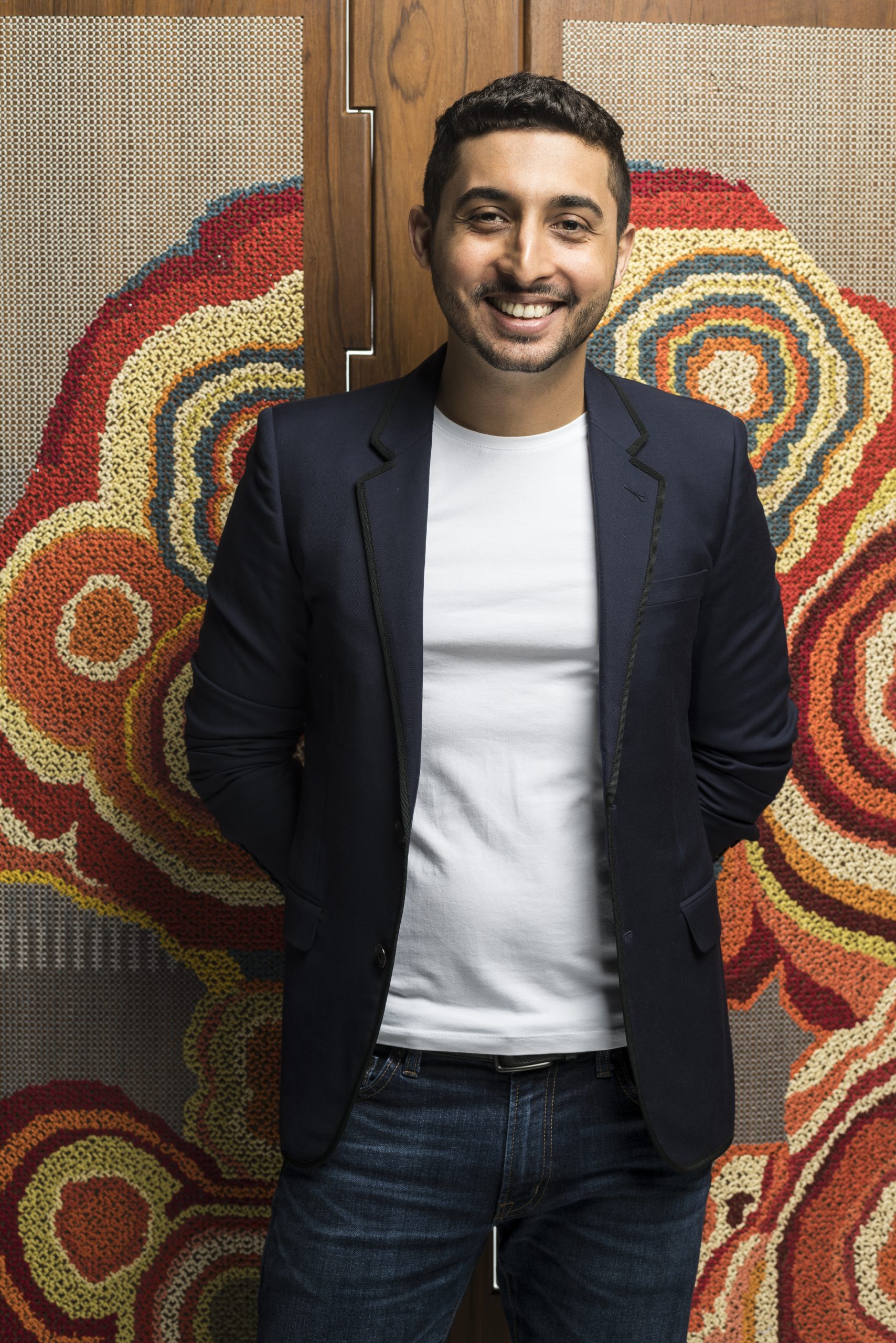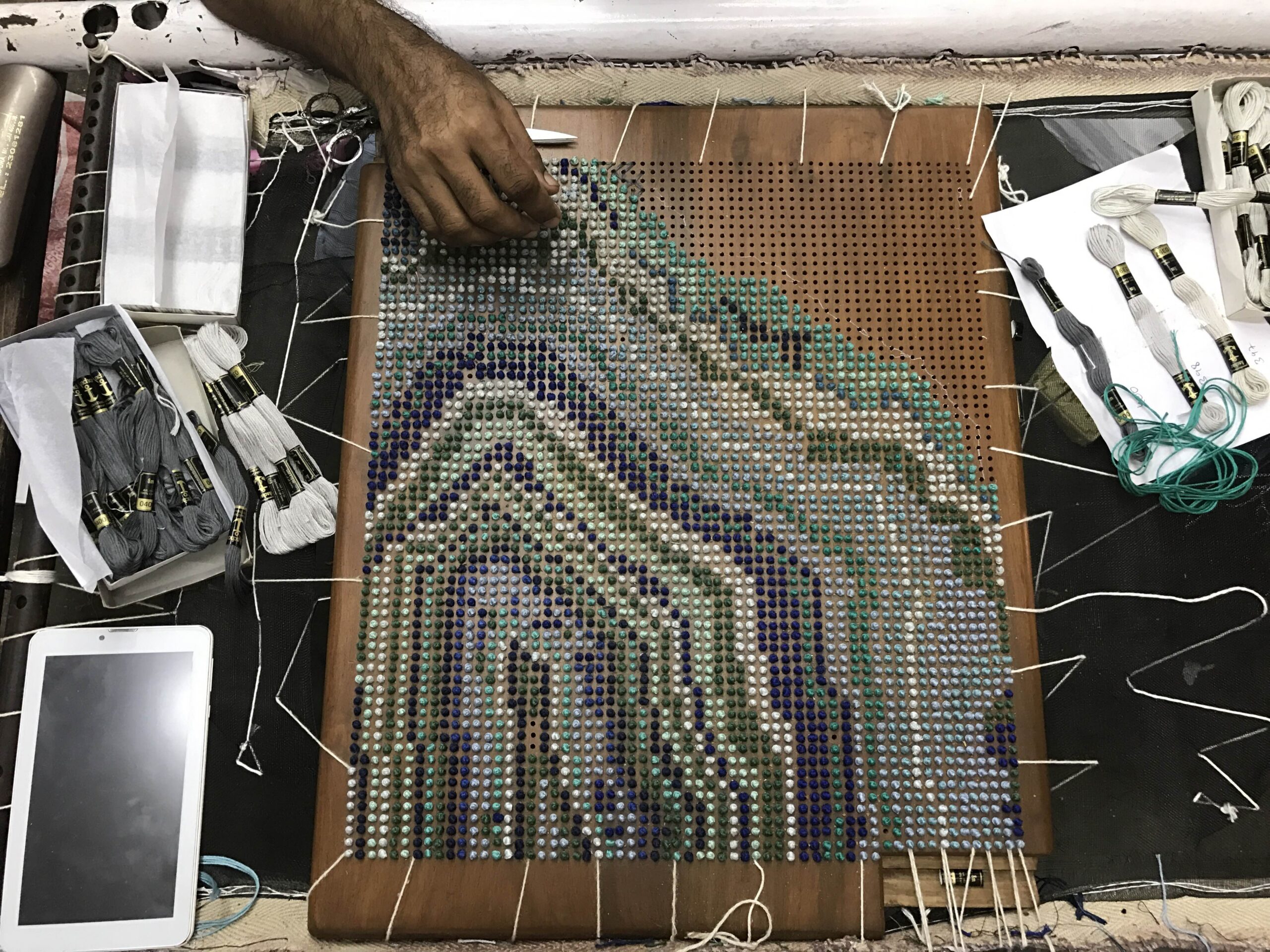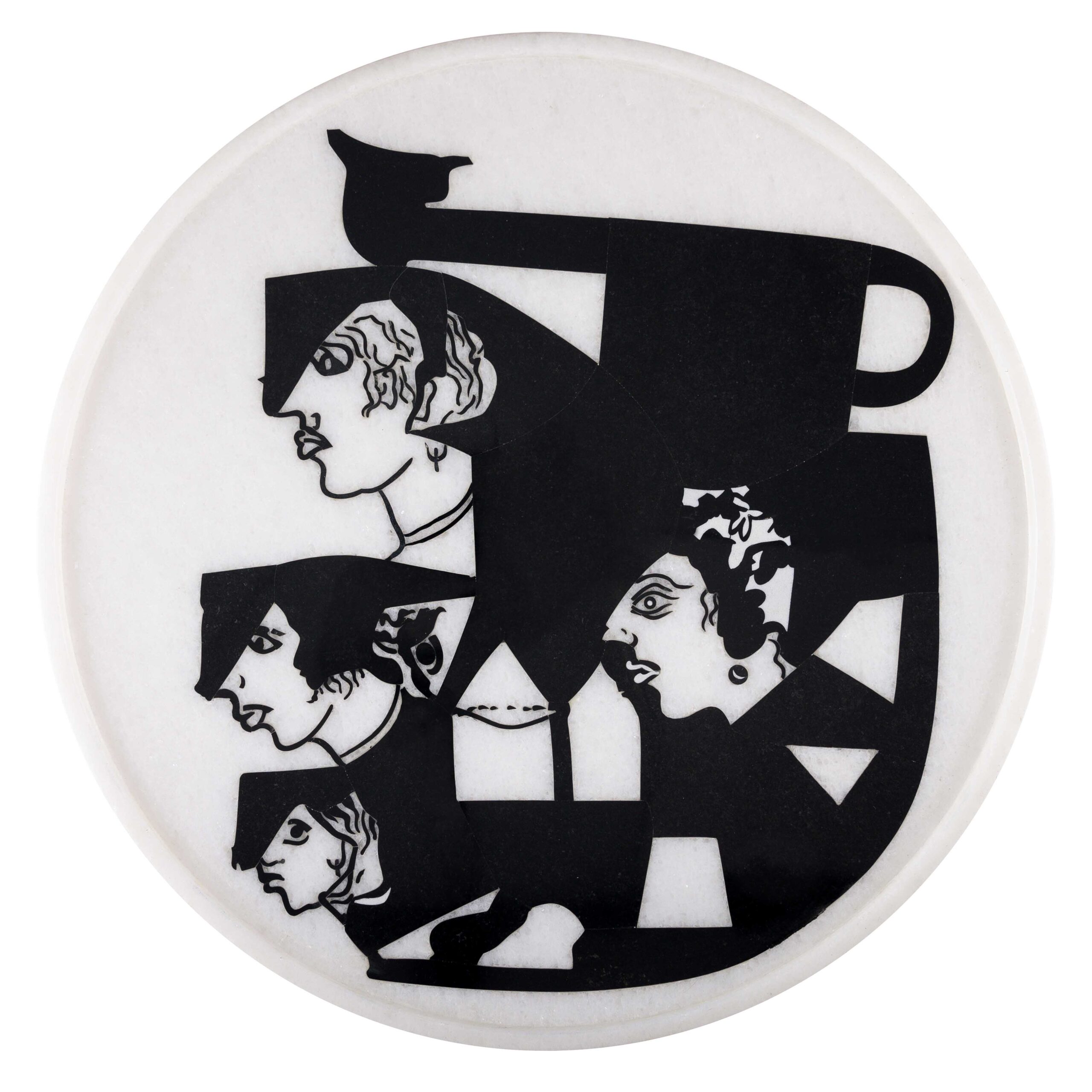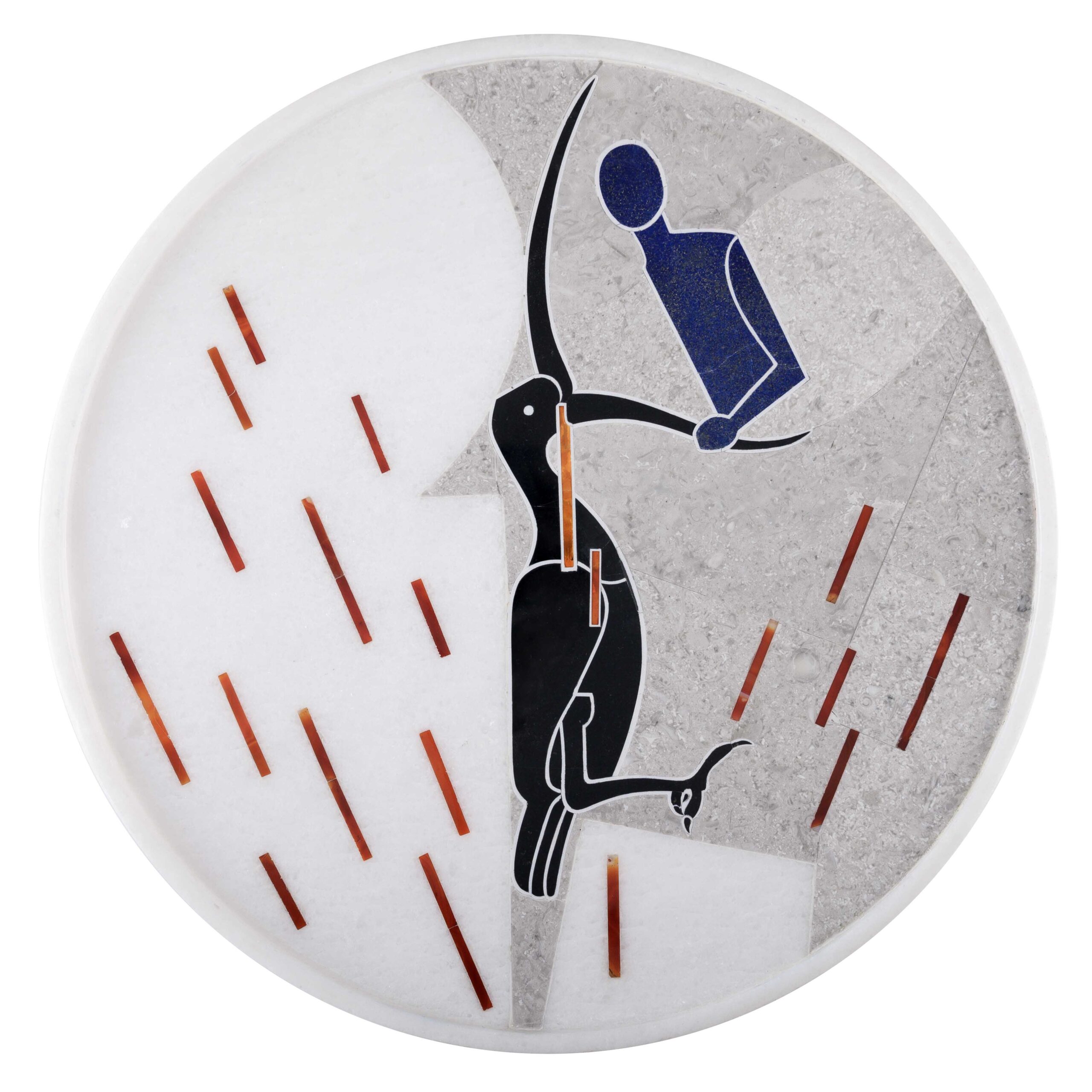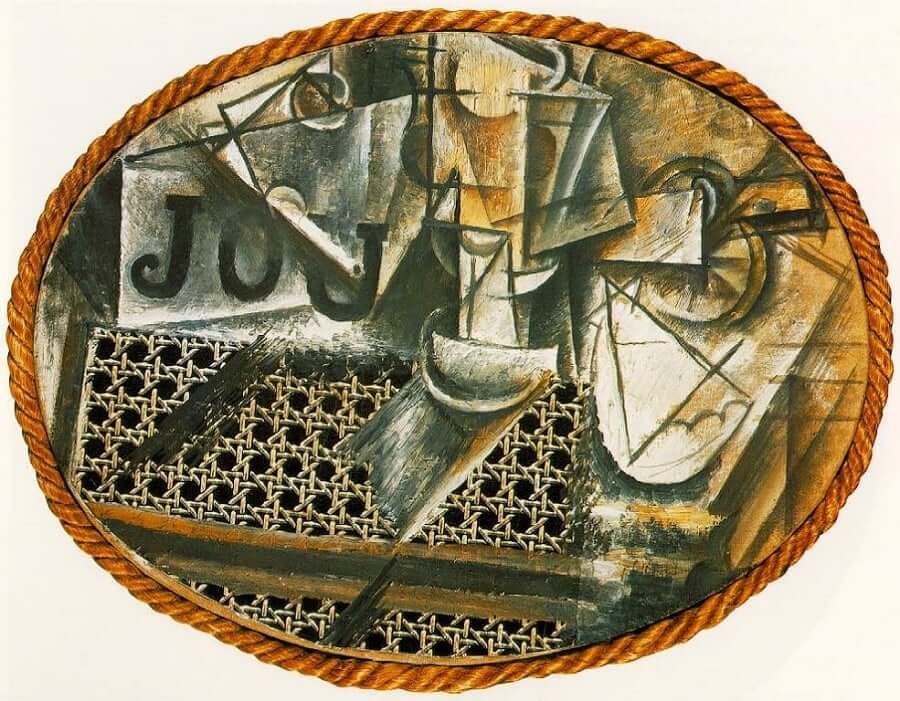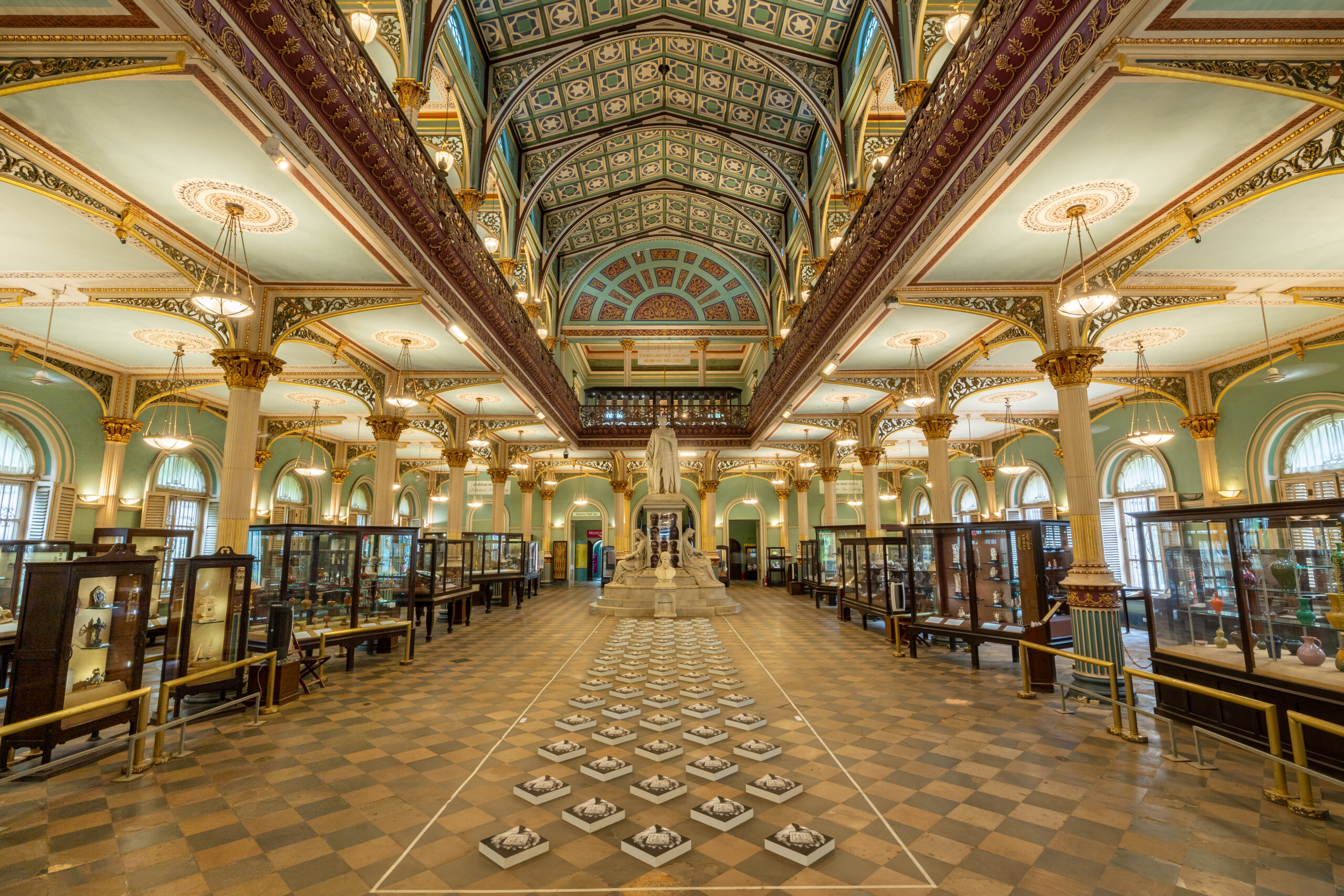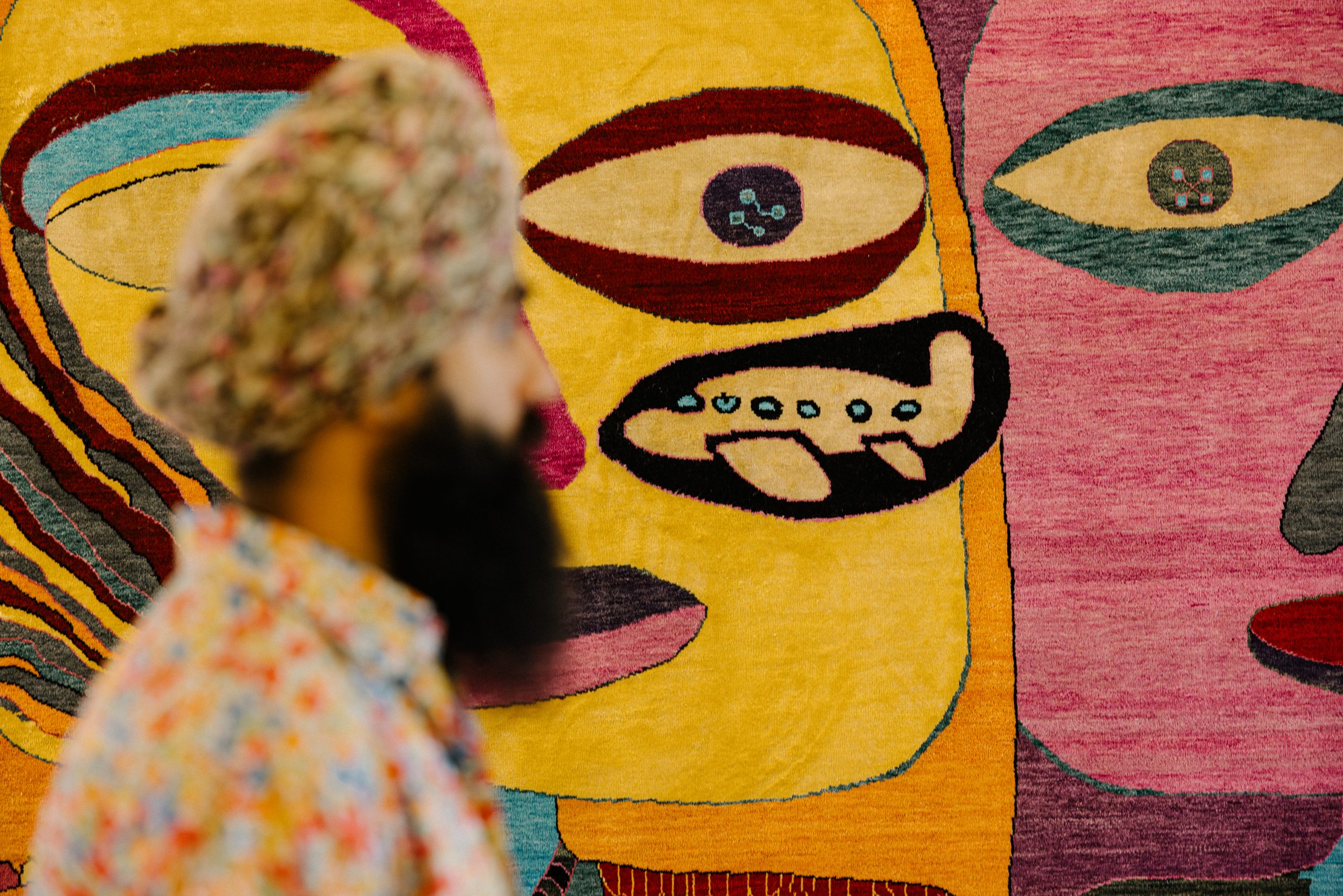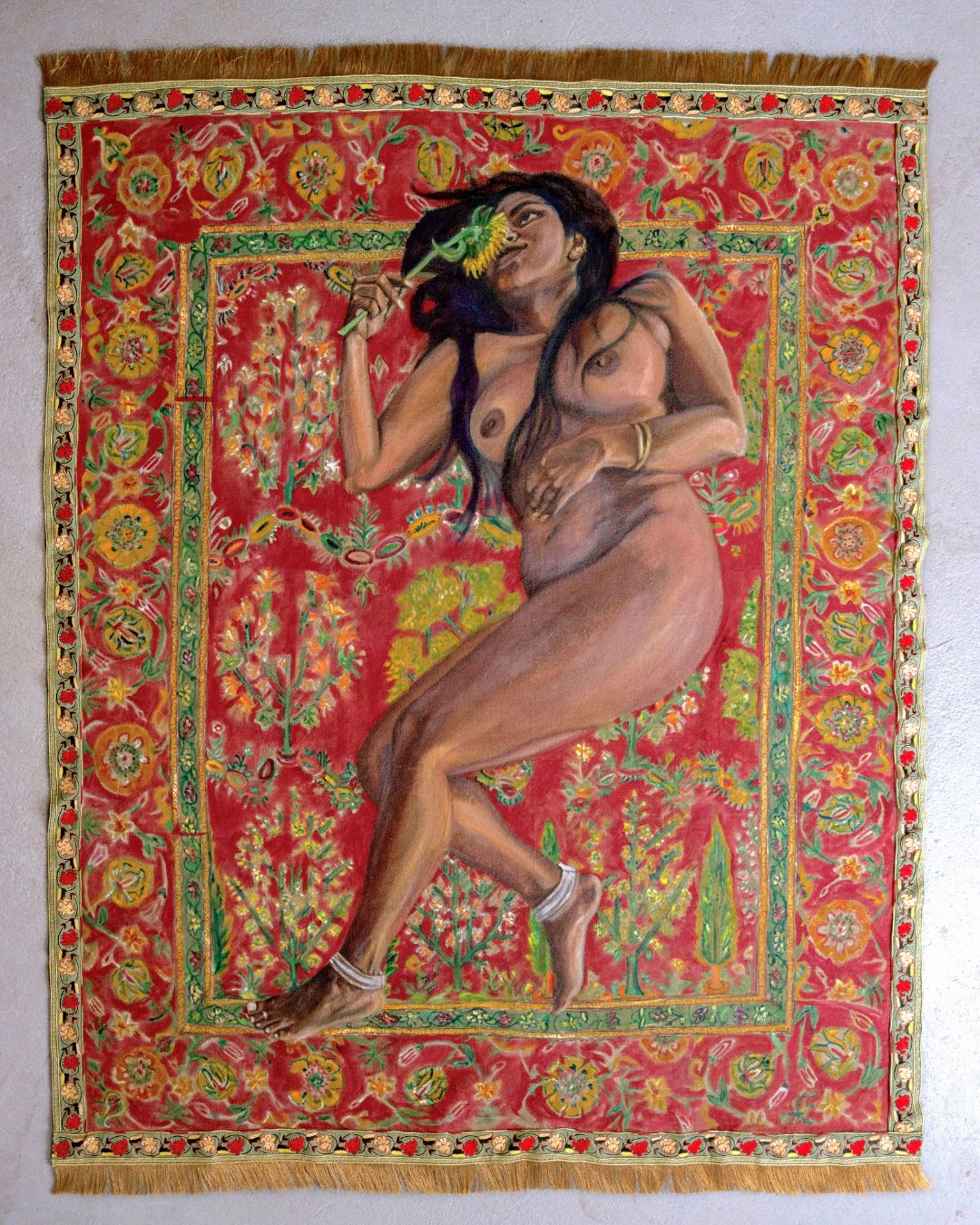Born in the bustling metropolis of Mumbai, Rooshad Shroff has truly imprinted himself in the enthralling world of Indian design and architecture.
Rooshad Shroff
Coming from a family of designers and architects, his father urged him and his brother to pursue a career that breaches the boundaries of the family’s established interests. However, after much adolescent deliberation Shroff gravitated towards the universe of aesthetes and went onto pursue his Undergraduate degree in Architecture from the decorated Cornell University in New York and a Master’s in from Harvard University’s Graduate School of Design. Despite the impressive accolades and awe-inspiring trajectory, Shroff’s focus is unwaveringly centred on the continuous evolution of his design journey.
Despite having trained and worked with some of the most prominent design stalwarts, namely Issey Miyake and Zaha Hadid, in the western hemisphere; Shroff’s current aesthetic vision is fuelled by an intent to modernise the different craft forms of India and elevate them with luxurious components. Traversing the artistic landscape for more than two decades now, Shroff shares with Svasa Life his learnings, inspirations and how he pushes the boundaries of his own creativity.
Residential project : Sonam Kapoor Ahuja’s home.
The early years of Shroff’s life played a fundamental role in inciting his interest in the realm of design and art. “We have always been a family that’s interested in art, design, architecture with my father being an architect and mother an interior designer, long before my brother and I were born. So, growing up subconsciously there was always that engagement with design or architecture, whether it was whilst travelling, going to museums or going to see interesting buildings. Sometimes we also went on the building sites to understand how things were built and that definitely had an influence on the way in which we looked at design. 20 years ago, which makes me sound terribly old, there weren’t as many avenues as there are today to explore professionally. When you are choosing a profession at 18 years old, you’re still trying to figure out what you want to do and I do think that at 18 it’s quite early on to determine that confidently. So, I think by default I was drawn in by architecture. But looking back now, I don’t think I would have chosen any other career path as I thoroughly enjoy what I do! So, that’s how I got into it and over the years, I have branched out and done things other than just architecture” Shroff tells us.
Embroidered C-Bench.
Marble inlay Alabaster lamp shade.
Besides having a strong inclination towards the field, Shroff strived to gain experience from people and organisations he admired. “I was extremely fortunate to work with people and companies that I really looked up to. I love the way in which they worked and I also liked the varying nature of each of those firms. I did my first internship at Issey Miyake and I loved Miyake’s work. However, I was obsessed with Zaha Hadid and I really wanted to work in that office so, almost every year in my summer during my undergraduate years, I applied to that office and even tried to go to London and vet out opportunities to work with her, which didn’t happen. Zaha loved Miyake and used to wear his designs a lot, so I thought I would apply to Miyake first and build a bridge through that. So, when I applied again to Zaha Hadid’s firm and interviewed with them, my experience at Miyake’s stood out. I learnt immensely from my time with the Office for Metropolitan Architecture as well, which is where Zaha also started her career. It was a very process-oriented company and even though I only spent a year in that company it has a very strong influence on my work till date. It taught me that designs need not be driven aesthetically always. Whereas, at Zaha’s I learnt that design can be like a prescribed language and it builds a trademark aesthetic that reflects one’s individualistic style and approach. It allowed me to see two different ways in which a brief was approached and also understand what not to do. You see systems that you want to appropriate and identify certain loopholes and areas which you eventually customise and follow by enriching them with your own personal interests and goals”.
Hand carved Alabaster lamp shade with a white Makrana marble tube.
Another element that strengthens Shroff’s artistic imprint is the varying projects he works on; an insight into his process allowed us to see how his inspirations and professional experiences have melded to birth his unique designs. “We’ve been very lucky in terms of the nature of projects that are given to us as we are not pigeonholed into one particular genre. We treat each project as the first of its kind. We are very research driven – whether it’s with materials or ideation, we go through numerous iterations of designs before presenting it to the client. Design is essentially problem solving, I think sometimes the answers are within the briefs itself and the assortment of clients and different nature of projects allow us to come up with clever solutions to simple problems. Each project dictates its own process. The most defined process is for furniture. For example, I look at furniture purely as research on craft. What particularly peaks my interest is practices deeply rooted in the different crafts of India. It is about understanding the potentials of craft and seeing how we can use the techniques that are passed on generationally to the artisans and how the design language has retained its original essence. This allows us to see what we are capable of doing, push the level of quality and break the limits of the technique to an extent that attains excellence. After that we look at a product, shape or form. So, I will draw the design then correlate it to a material (for example, marble) and then think of the craft form and which technique to employ to produce the final outcome. The craft form becomes a spring board for bespoke elements that we incorporate in our designs which allows us to cater to the luxury sector aptly. Sometimes research can extend to years or sometimes it could just be a month and we get it right. However, we never experiment on somebody else’s time and money. We build our knowledge which translates into a material library and database which can then be referenced to for assimilating projects”.
Shroff’s work is testament to the ideology that design is an evolutionary concept that will change and re-invent itself through the years. By breaching the horizons of conventionality whilst honouring certain timeless elements, he thoughtfully produces designs that are a breath of fresh air in a market that is saturated with designs that lack soul and originality.
Words by Anithya Balachandaran
Images courtesy of Rooshad Shroff

